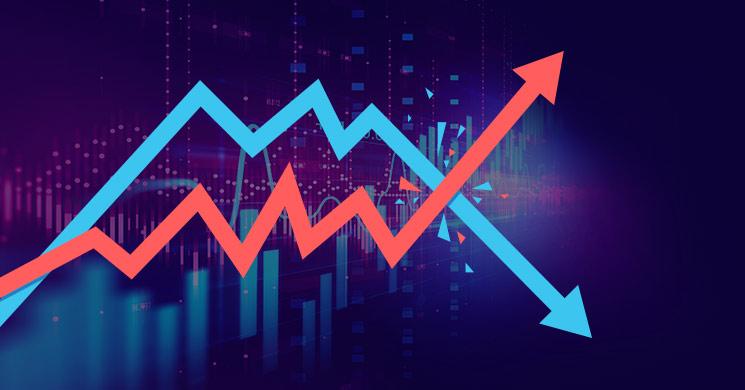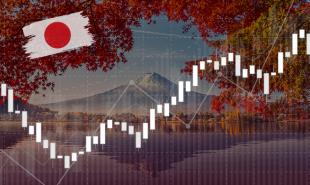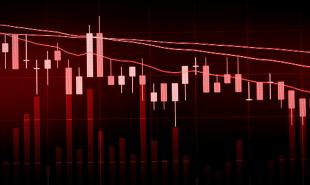
Market behavior can be predictable to a certain degree. However, nobody can predict exactly what a specific market will do at a precise time. The true professionals in our business will tell you that market analysis is not a business of bold predictions, but one of exploring probabilities based upon market price history. I saw a TV commercial recently that "hit the nail on the head."
On the topic of brokerage firm research, a wise old gentleman said, "If you want a fortune-teller, go to the circus."
Market analysis professionals do know that price history repeats itself, and from price history, one can extrapolate predictable patterns of price behavior. One such pattern is what I call a "collapse in volatility." My friend Glen Ring, who is a respected trader, researcher and trading educator, introduced me to this phenomenon.
A collapse in market price volatility occurs when trading ranges narrow substantially. This price pattern is evidenced by price chart bars (the bars can be daily, weekly, monthly, hourly or minutes) that suddenly get smaller. The smaller price bars should number at least three in a row, and can number up to 10 or more, on rare occasions. The successive smaller price bars do not necessarily need to get progressively smaller with each bar.
Importantly, this "collapse in volatility" usually sets off a significantly bigger price move--either up or down.
As the smaller price bars accrue on the chart, there is no set number of bars that will set off the bigger price move. Again, it could be three bars, or it could be 10 bars or more before the bigger price action is set off.
When I point out a collapse in volatility in a market, traders will ask me, "In which direction will be the big price move?" I don't know. I just know that a bigger price move is likely forthcoming. However, there are occasions when there is a collapse in volatility and at the same time, other technical indicators are signalling a price move in one direction. It's on these occasions that one can determine that odds favor a bigger price move in a certain direction.
Also, if a trader has already accrued significant profits in a trade and then determines there has been a collapse in volatility, the trader may want to pull some or all of the profits off the table, knowing that a bigger price move is just around the corner. The trader could also significantly tighten his protective stop on the trade. However, the trader then runs the risk of prices blowing right past the stop when that bigger (possibly much bigger) price move does occur.
It's also important not to confuse a collapse in volatility with a trading range or a "congestion area." A trading range or a congestion area on the price charts is defined as prices moving in a sideways pattern, usually bound by some stiff support and resistance levels. Trading ranges or congestion areas are longer in duration than a collapse in volatility, and are also marked by trading bars that are not so narrow. Remember, a collapse in volatility needs to show significantly narrower trading bars for at least three bars in a row. And if some slightly bigger price bars do form after several smaller price bars in a row, then a bigger price move is not as likely to occur.
Read more by Jim Wyckoff







